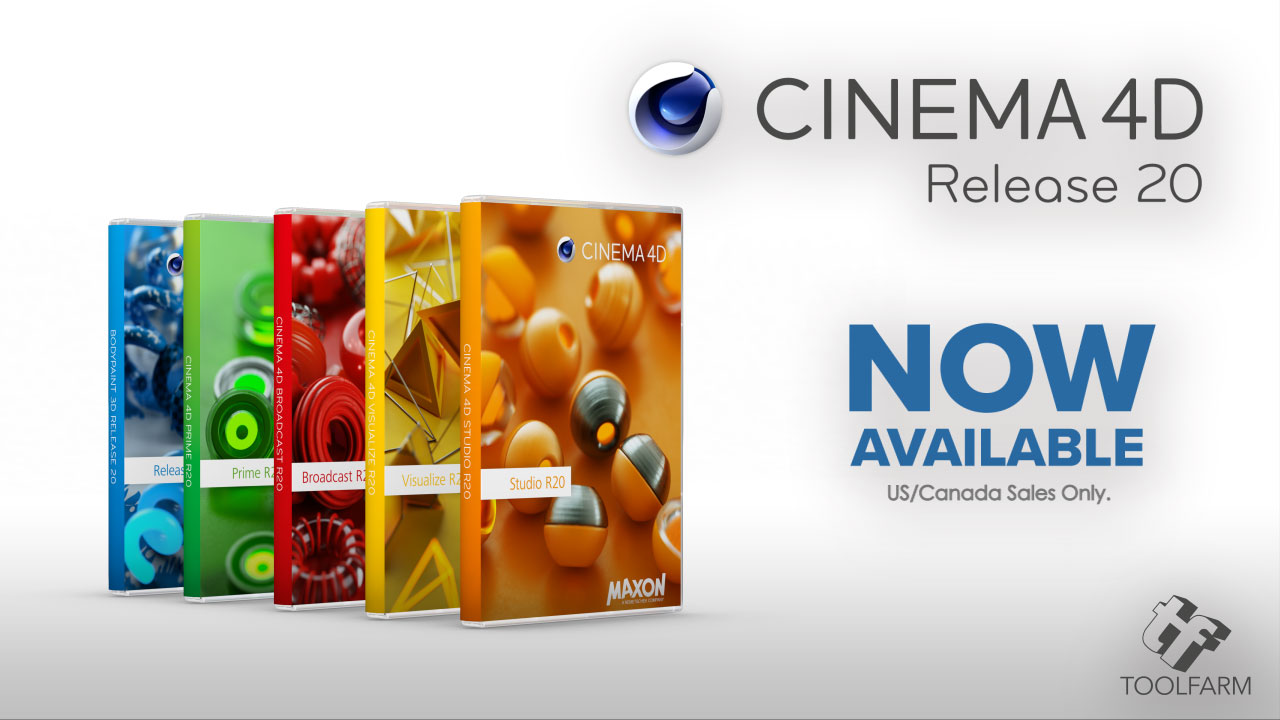Using Layer Masks in the Reflectance Channel in Cinema 4D
Joren from The Pixel Lab has a quick tip for you on Cinema 4D’s Reflectance Channel. Below the video, watch a few more tutorials on the Reflectance Channel.
More tutorials on the Reflectance Channel in Cinema 4D
- Reflectance Theory: The Reflectance Channel in Maxon Cinema 4D
- GI Area Light Script and Tutorial for Reflectance Channel for MAXON CINEMA 4D R16
Check out some great models from The Pixel Lab
 The Pixel Lab Industrial Pack
The Pixel Lab Industrial Pack
2 Complete 3D Environments, 25 Industrial Models, HDR Images, Texture Images, and Metal Textures
Remco at remmac3d.blogspot.com built these super useful models and environments!
In summary, this massive pack includes 25 industrial models, 2 full 3D environments, 10 HDRIs, 9 C4D Metal Textures, and 50 industrial texture images.
Some new features in R20
MoGraph Fields
Offer unprecedented content creation possibilities to the procedural animation toolset in MoGraph. The Fields feature in Cinema 4D R20 makes it possible to efficiently control the strength of the effect using any combination of falloffs – from simple geometric shapes to shaders and sounds to objects and mathematical formulas. In addition, fields can be mixed and combined with one another in a layer list. Effects can be re-mapped and grouped in multiple Fields to control Effectors, Deformers, weights and more.
Volume-based modeling
The OpenVDB-based Volume Builder and Mesher in Cinema 4D R20 offer an entirely new procedural modeling workflow. Any primitive or polygon object (including the new Fields objects) can be combined to create complex objects using Boolean operations. Volumes created in R20 can be exported sequentially in OpenVDB format and can be used in any application or render engine that supports OpenVDB.
Node-based material system
More than 150 different node-based shaders offer customers a new and streamlined workflow to quickly and conveniently create shading effects from simple reference materials to highly complex shaders. The existing standard material system’s interface can be used to get started with the new node-based workflow. Node-based materials can be made available as parametric assets with a reduced interface.
CAD Import
Cinema 4D R20 offers seamless drag and drop import for common CAD file formats such as Solidworks, STEP, Catia, JT, and IGES. The scale-based tessellation feature of the import function offers individual control of the level of detail for impressive visualizations.
ProRender improvements
The GPU-based ProRender in Cinema 4D lets customers utilize the power of the GPU to create physically accurate renders. In R20, key features such as Subsurface Scattering, motion blur, and multi-passes are now available. Other enhancements in ProRender include updated code, support for Apple’s Metal2 graphics technology and the use of out-of-core textures.
Core Modernization
The modernization efforts of the Cinema 4D core architecture and foundational technologies MAXON announced in 2017 are now more tangible and mature in Release 20. This is marked by a series of significant API adaptations, the new node system, and the modeling and UI framework.
Posted by Michele
